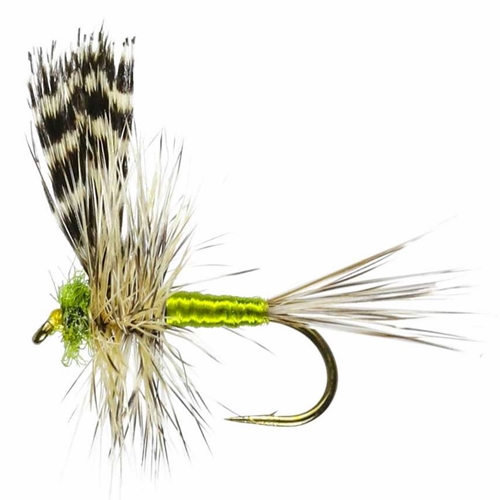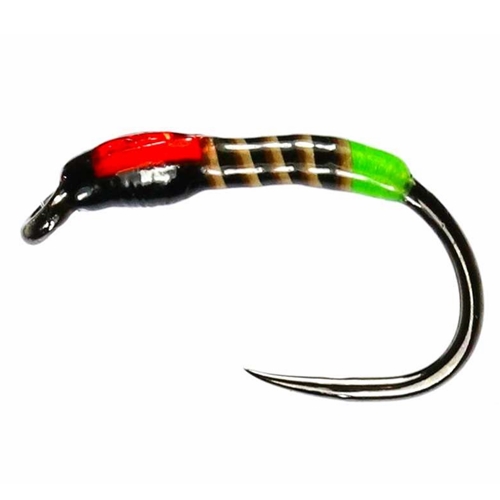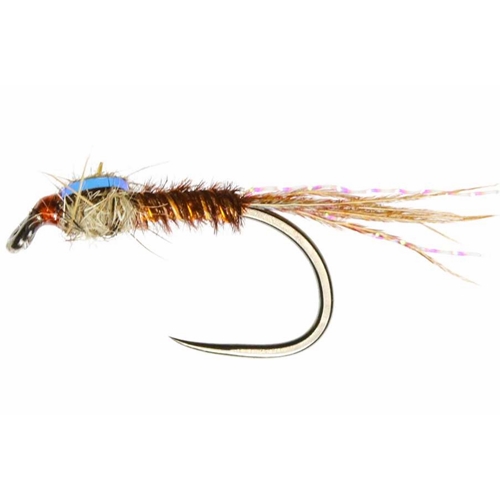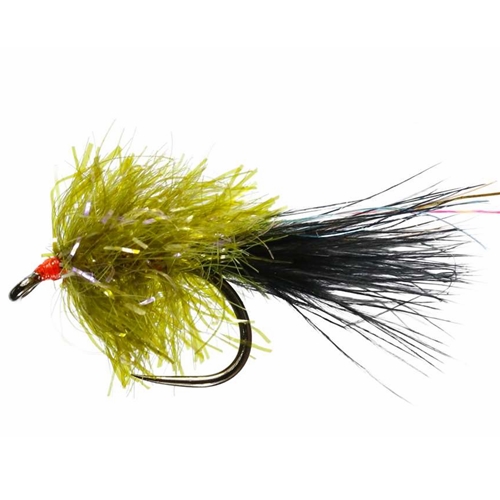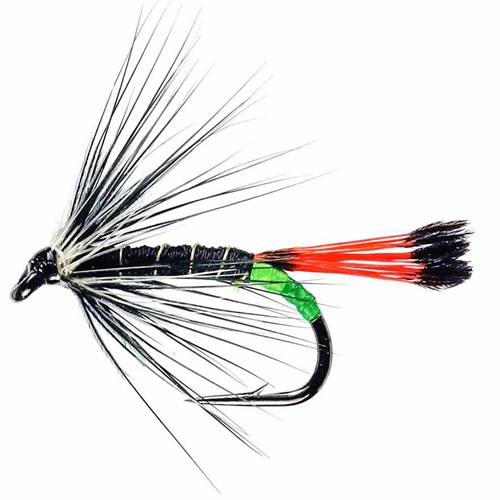Small Stillwater Fly Fishing
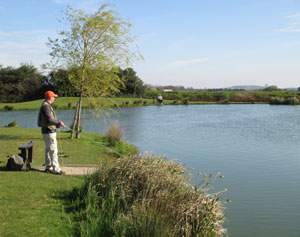 Small Stillwater Trout Fly Fishing
Small Stillwater Trout Fly Fishing
Best time of year: Unless well airated small lakes tend to get too warm and the trout become much harder to catch in high summer. March to mid June then Mid September to October are great times for fishing small fisheries.
Ideal weather: a mild overcast day, with a light breeze. On still days fish become very hesitent. Even rain is preferred to a still weather day with no surface ripples.
Tackle: 9 - 9 1/2 foot fly rod suited to # 5-6 lines
Line: 5 to 6, floater or midge tip
Leader: Depending 5lb to 7lb tip, tapered leader or droppered leader, ideally 12 feet long but add on additional leader to make leader 20 feet long for really spooky fish
Flies: buzzers are ideal and hatch most days. Nymphs & bloodworm work well with small dry flies for hatches. Some small ‘lures’ as back up, i.e. Montana
Before you go - Telephone the fishery and book your ticket, small lakes often have no places available especially if they are good popular venues. Even if you go the venue regularly ask for advice on where to go and what flies are currently successful as it does change occasionally or the techniques change. Also check what depth fish are biting!
Where to start? - Beginners should choose a stretch of bank with plenty of clear room behind and the wind (if any) blowing from slightly behind. Look for deep water close to the bank and approach with care.
What to do? - Set up your tackle well away from the water’s edge fish can often be in the very edge of the small stillwater and found literally by your feet. Creep cautiously and cast from 10 feet back from the edge to see if any fish are right in the margins. Start with short casts and cover the available water, alternating casts fanning 180 degrees around you from margin to margin. Allow time for the fly to sink well down before starting the retrieve. Hold your rod slightly off to one side, but with the tip very close to the water. Do not allow slack line or you will miss the fish. Depth and speed of retrieve are usually more important than fly pattern, slow retrieves with buzzers work well. Cast immediately to any cruising or rising fish within range.
